Assignment
1. Culture bacteria from a fermented food (yogurt, cheese, kombucha, kraut, kimchi, etc.). Prepare LB agar plates, and introduce a moistened sterile swab into your fermented food and gently brush the swab on the agar. Incubate at room temperature for 2-4 days or overnight at 37 C.
- I am planning to culture bacteria from fermented foods. I an choosing yoghurt and rice batter as the source of the micro organisms.
- First we need to prepare media for growing the organism. I am using LB agar (1%)
to grow them in plates.

The bigger conical flasks are for the next experiment and contain liquid media and the smaller one has solid media for this experiment. - The prepared, autoclaved and cooled media is poured into plates to around
one-fourth of its height.
Two such plates were prepared. One for rice-barter and other for yogert.

- After the media gets cooled, we can streak a wetted inoculation loop dipped in the two sources respectively.
- The plates can then be inoculated over night at 37 degree celsius.
2. Co-culture experiments. After colonies have grown, take a picture of the colonies on the plate. Obtain growth curves of in LB media in polystyrene tubes for two morphologically distinct bacterial colonies (use sterile toothpicks to pick colonies into media) grown on the LB agar. Compare this growth curve to that of the same bacterial colonies grown together in LB media. Determine whether the bacteria grown in co-culture have a different growth rate or growth yield than either of the colonies grown in isolation.
- Now a single colony from both the plates where isolated and inoculated into LB media which was later incubated
at 37 degree. Aliquots were taken from both the samples at every 30 minute for 8 hours and also at 24 hours. These
samples where kept in fridge at 4 degree for freezing any further growth.

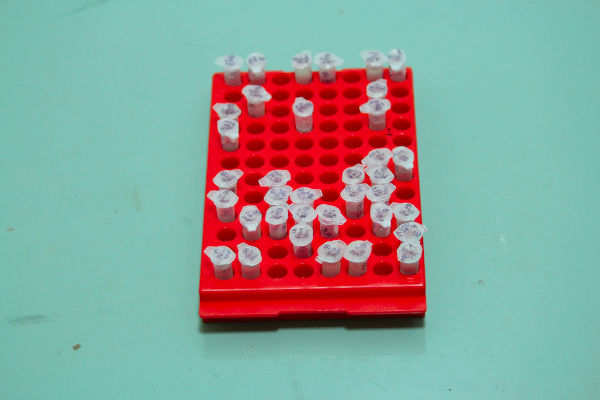
- Later optical density was measured for all the samples at 600 nm.

- The growth curve for both the samples where plotted separately. I used jupyter notebook for this. The
following is the screen shot of the notebook as well as the results.


- Further, bacteria from both sources were cultured together in a flask and aliquots were taken every 30 minutes for
8 hours and at 24 hours. These aliquots were later optically analysed for concentration and the growth curve was plotted.
put image
3. 3D print a 14 mL culture tube in at least one material. Culture a bacterial strain of your choice (potentially from 1 or 2 or with E. coli as a positive control) in this tube and compare the growth rate (optical density) over time versus a polystyrene control tube.
- In this experiment i used a 3d printed test tube made with PLA as well as bamboo sticks
cut in the size of test tubes.
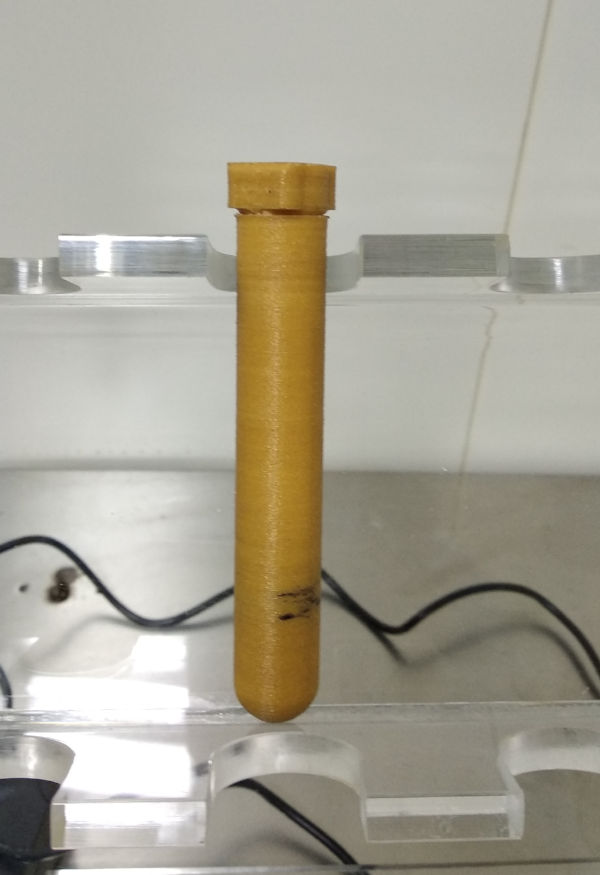
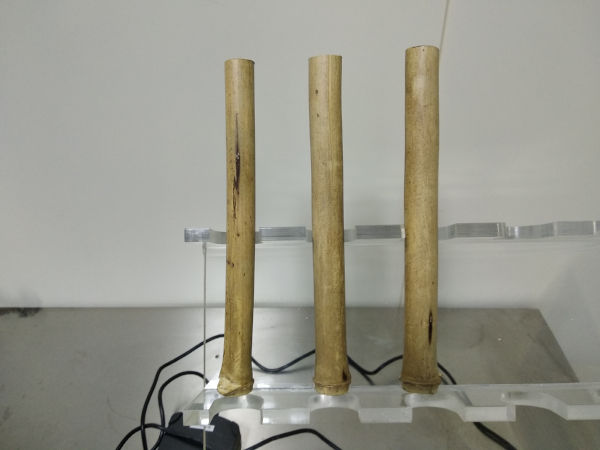
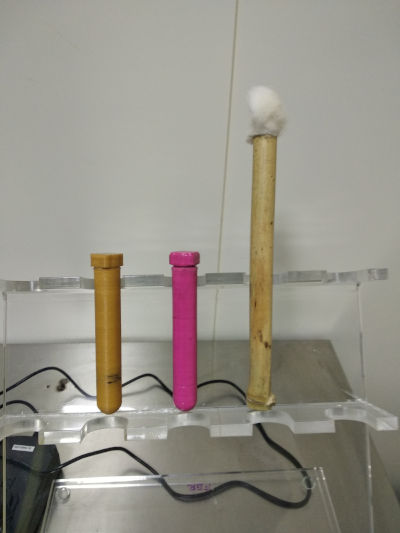
- The bacteria from yogert which was cultured in the previous experiment was inoculated to the 3d printed
test tube as well as the bamboo stick and aliquots were taken at even hour for 8 hours and one at 24 hours.
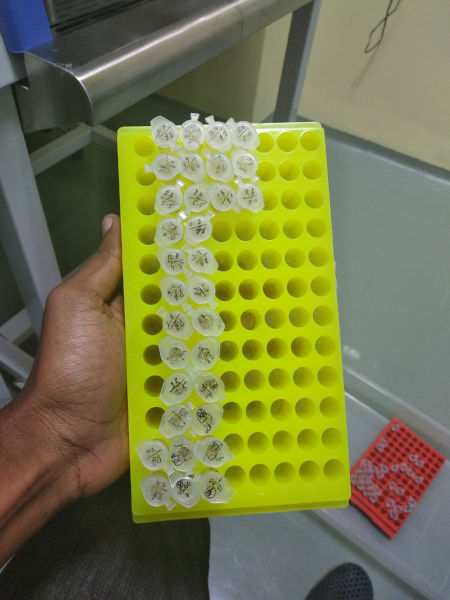
-
The aliquots were later optically analyzed for concentration and a growth curve was plotted.
put images
3a. Design a milli- or micro-fluidic 'artificial gut' or other 'organ-on-a-chip' device to be utilized, at a minimum, for cell culture. Feel free to design your device in 2D-CAD software or vector drawing tool (e.g. Adobe Illustrator, AutoCAD) or 3D design tool (e.g. Rhino, SolidWorks).
Todo
3b. Fabricate your device, or at least one component of your device. Document the following aspects of fabrication and function in your class page:
Todo
3c. Culture the organism from (1) in your milli- or micro-fluidic device. Run a negative control in a device with liquid media only. Collect the liquid culture from your device (+/- bacteria) and plate in the presence of an antibiotic. Report colonies for the +/- experiments.
Todo
4 Share your device designs on 'Metafluidics' (www.metafluidics.org), including Bill of Materials, assembly instructions, and any associated hardware. Irrespective of how far you get in (2), please share your latest iteration! You can always update your device later.
Todo
Ethics/ safety considerations this week
Do your activities this week raise new ethics and/or safety considerations you had not considered in week 1? Describe what activities have raised these considerations and any changes you have implemented in response.
This week i cultured bacteria from fermented food, though less there are probabilities that some dangerous bacteria has grown in my plates. Thus is it very essential to deal with them safely. Hands should be rubbed with alcohol, the plates should only be opened in the hood etc.